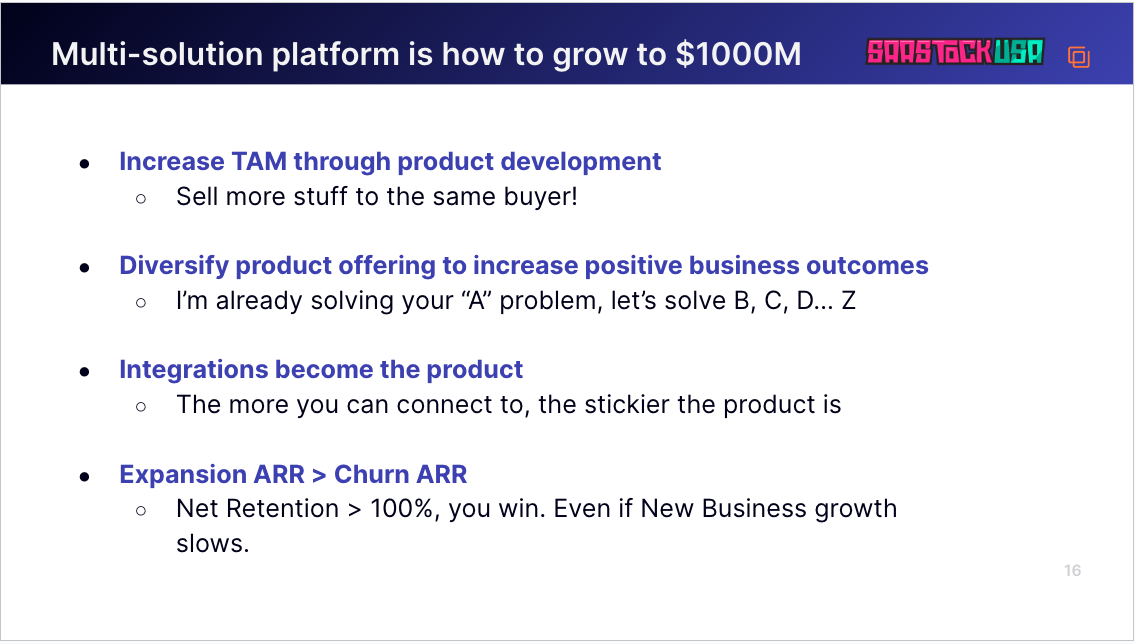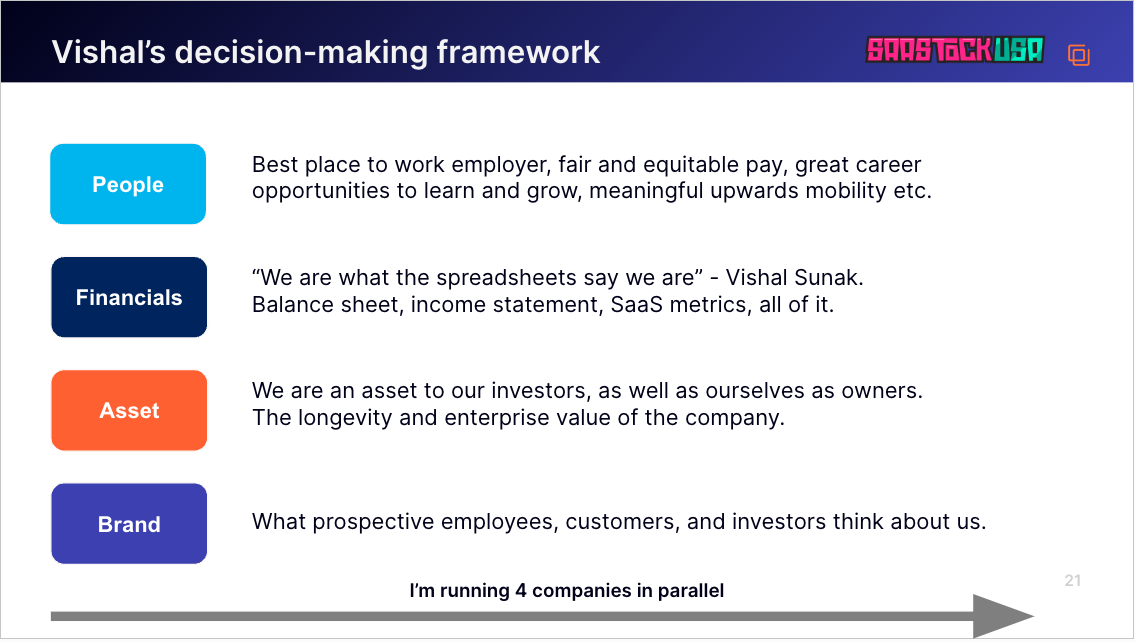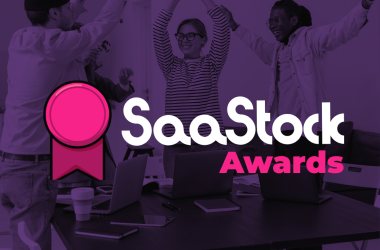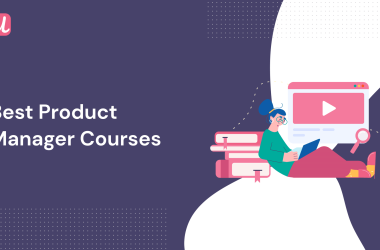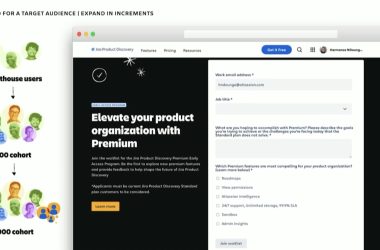LinkSquares is an AI platform for in-house legal teams, providing contract lifecycle and project management solutions. Since launching in 2015, the company has grown to 300+ employees and 1200+ customers globally. Notably, they raised a $100M Series C in 2022 and operate at $50M ARR.
Co-founder Vishal Sunak has 15 years operating in SaaS companies and 10+ years in angel investing and supporting venture funds. Below are his four key takeaways on scaling a SaaS business.
Four key takeaways on effectively scaling a SaaS business
1. Focus on The Trio’s harmony
“[In a band] you have to go out there and win and lose together.”
Vishal attributes much of his learnings about being a CEO to his 25 years as a musician and being in a band.
The Band or “Trio” in a SaaS company is:
- Product and engineering,
- Marketing,
- And revenue.
All of your other functions, including finance, legal, and HR support the Band.
The job of a CEO is to work as hard as you can for “The Trio”. Spend 80% of your time enabling them to make decisions independently – whether about the vision of the product or how to monetise it. You do this by making sure that everyone understands their role in the band and dedicating your time to harmonising how it works together.
2. Unit economics is life
“We are what the spreadsheets say we are.”
Your command of unit economics is critical to your success. And it’s a continuous process because as you scale, you’ll pick up more and more metrics to understand and control.
The slide above shows how this works in practice. At $0-1M, the aim is new ARR – or as Vishal put it, “grabbing new logos”. Next, you start to think about scale and how much your ARR is growing year on year. Then, later, you need to assess your gross margin and how efficient your go-to-market (GTM) motion is. Once you get past $25M you’re looking at “big company stuff” with new metrics like burn multiple and ARR per employee (APE).
Vishal’s overarching message here was to start today. Start gathering this data, then visualise it, and start to look at trends. The end goal is to understand your company data so deeply that you can make accurate predictions from it.
Deepen your understanding by working with experts and reading up on the metrics you need to know. Vishal recommended this SaaS metrics guide from David Skok as a great one to bookmark and go back to.
3. Platforms > single products
“If you can expand customers more than the ones you’re losing, you’re going to win.”
What do Snowflake, Datto, and UiPath have in common? They’re all multi-solution platforms and it’s how Vishal says they all grew revenue to massive heights.
Here’s how it works:
The goal here is to generate expansion revenue because if you can expand customers more than the ones you’re losing (+100% NRR), you’re going to win. This is an especially important principle today when, even for LinkSquares, new growth is hard.
So, start thinking about your next product and when you’re going to build it. As well as what and when Vishal said to “study it deeply”. Take time to think about what’s needed to pull it off and how you’ll manage having “two children”. Once you have it – sell it and make expansion revenue – don’t give it away for free.
4. The job is making big decisions
“I’m running four companies in parallel.”
On decision making, Vishal reminded us that eventually you will hire experts across your business to make most of them, whether easy, medium or hard. As a result though, founders and CEOs are left with the “hardest, most ambiguous, and ugly decisions” to make.
To help make those weighty decisions, Vishal has developed a framework that involves viewing the business as four separate companies:
When you’re faced with a big decision, consider the impact on all four of these companies. The more you think about that and weigh up where the impact lies, the easier it is to live with the really hard decisions you make.
Recommended reading
Only 4% of SaaS businesses make it to >$1M ARR, this then reduces to 0.4% at >$10M ARR, and just 0.04% reach >$50M ARR.
Scaling SaaS is hard but we’re here to help.
Check out these recent posts with practical insights from founders who’ve been there:



